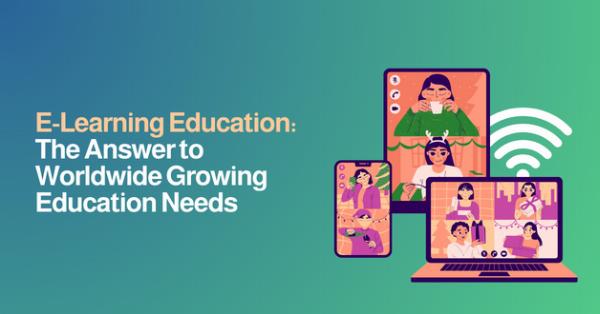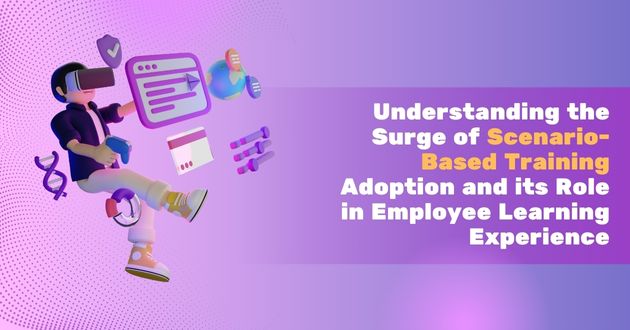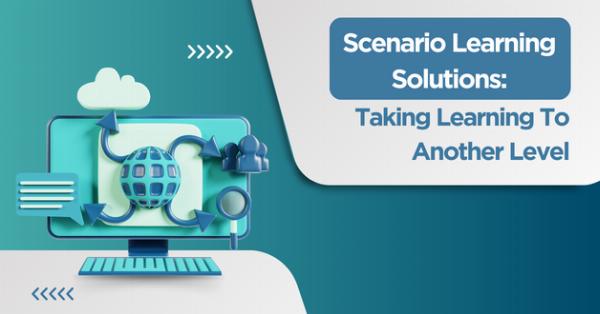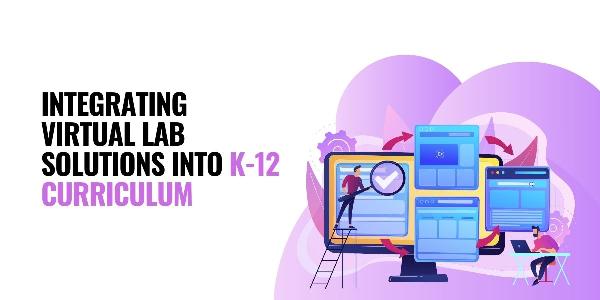Traditional education systems, however, are often struggling to keep pace with this growing demand. Limited infrastructure, resource constraints, and geographical barriers can restrict access to quality education for many. E-learning, or electronic learning, emerges as a powerful solution, offering a flexible and accessible alternative to traditional education methods. The world is experiencing a surge in demand for education. That is driven by several factors, including:
Growing populations: A rapidly growing global population translates to a larger number of individuals seeking educational opportunities.
Technological advancements: The rise of new technologies creates a need for a skilled workforce to develop, maintain, and utilize them.
Globalization: As economies become increasingly interconnected, the need for individuals with global competencies rises.
What is E-Learning?
Corporate e-learning solutions encompasses a broad range of educational approaches that utilize electronic technologies to deliver learning content and instruction. It can include:
Online courses: Structured learning programs delivered through online platforms. These courses can be synchronous (real-time interaction with instructors) or asynchronous (learning at your own pace).
Massive Open Online Courses: Low or no-cost online courses proffered by universities and other institutions to a global audience.
Microlearning: Bite-sized learning modules focusing on specific skills or concepts.
Educational games and simulations: Interactive learning experiences that engage learners and enhance understanding.
Mobile learning: Delivering learning content through smartphones and tablets, allowing for on-the-go learning.
Benefits of E-Learning
E-learning offers numerous advantages for both learners and educators:
Accessibility: Corporate e-learning companies provide education to people in remote areas or with limited mobility.
Flexibility: Learners can understand and finish tasks at their convenience, making learning possible despite their hectic schedules.
Scalability: E-learning courses can accommodate a large number of learners without requiring additional resources.
Personalized learning: E-learning platforms can personalize learning experiences based on individual needs and learning styles.
Engaging content: E-learning utilizes multimedia elements like videos, simulations, and interactive activities, making learning more engaging and interactive.
Up-to-date content: E-learning allows for easy updates and revisions of course content to reflect the latest advancements in a field.
Performance tracking: E-learning platforms provide data on learner progress and performance, allowing for better feedback and support.
E-Learning and the Global Education Gap
The global education gap refers to the disparity in access to quality education between different countries and populations. E-learning has the potential to bridge this gap by:
Reaching underserved populations: E-learning can provide educational opportunities to individuals in developing countries or those living in remote areas.
Lowering barriers to entry: The cost-effectiveness and flexible nature of e-learning can make education more accessible to individuals with limited financial resources or time constraints.
Standardizing quality: E-learning platforms can deliver standardized and high-quality educational content to a global audience.
Promoting multilingual learning: E-learning platforms can offer courses in different languages, facilitating learning for individuals with diverse linguistic backgrounds.
Contact us at https://www.acadecraft.com/contact-us/ to learn more about Acadecraft's Corporate E-learning Services.
Challenges of E-Learning
Despite its advantages, e-learning also faces some challenges:
Digital divide
Lack of self-discipline
Limited human interaction
Technical difficulties
The Future of E-Learning
E-learning is rapidly evolving, and new technologies are constantly being integrated into the learning experience. The concluding section highlighted the future of e-learning as one filled with potential. Here are some trends to watch:
Artificial intelligence (AI): AI can personalize learning paths, provide real-time feedback, and create more immersive learning experiences.
Virtual Reality & Augmented Reality (AR): VR and AR can create realistic simulations and interactive environments that enhance learning.
Gamification: The use of game mechanics in e-learning can increase engagement and motivation.
Adaptive learning: E-learning platforms can adapt to individual learning styles and adjust the difficulty level accordingly.
Bridging the Digital Divide
While e-learning offers immense potential, unequal access to technology and the internet, also known as the digital divide, remains a significant challenge. Here are some potential solutions:
Low-cost devices and internet access: Governments, educational institutions, and non-profit organizations can collaborate to provide learners with access to affordable devices and internet connectivity. This might involve initiatives such as distributing low-cost laptops or tablets, or establishing partnerships with internet service providers to offer discounted rates for educational purposes.
Offline learning solutions: E-learning platforms can be designed to allow learners to download course materials and access them offline. This is particularly important for learners in regions with unreliable internet access.
Mobile-first design: With the ubiquity of smartphones, developing e-learning platforms optimized for mobile devices is crucial. This ensures that learners can access course materials and complete learning activities anytime, anywhere.
Conclusion
E-learning is not a silver bullet, but it represents a powerful tool in addressing the ever-growing demand for education worldwide. The integration of AI, VR/AR, and other emerging technologies has the potential to create even more immersive, personalized, and effective learning experiences. Additionally, fostering a culture of self-directed learning and providing support structures for learners navigating e-learning environments remain important considerations. By embracing innovation and ensuring inclusivity, e-learning can play a critical role in democratizing education and empowering learners across the globe.



















